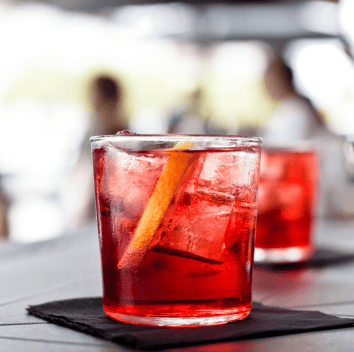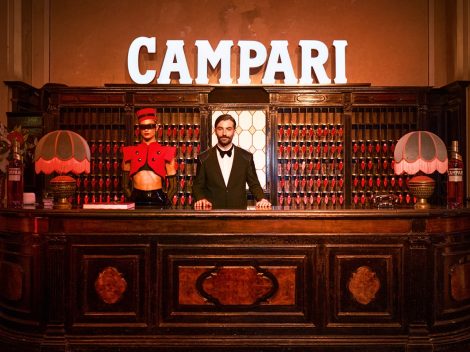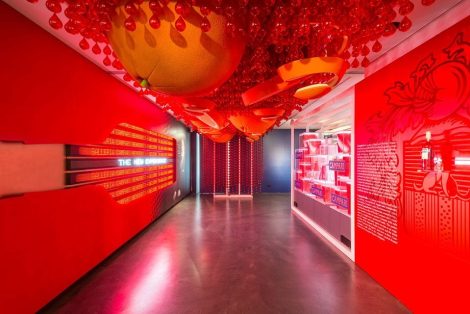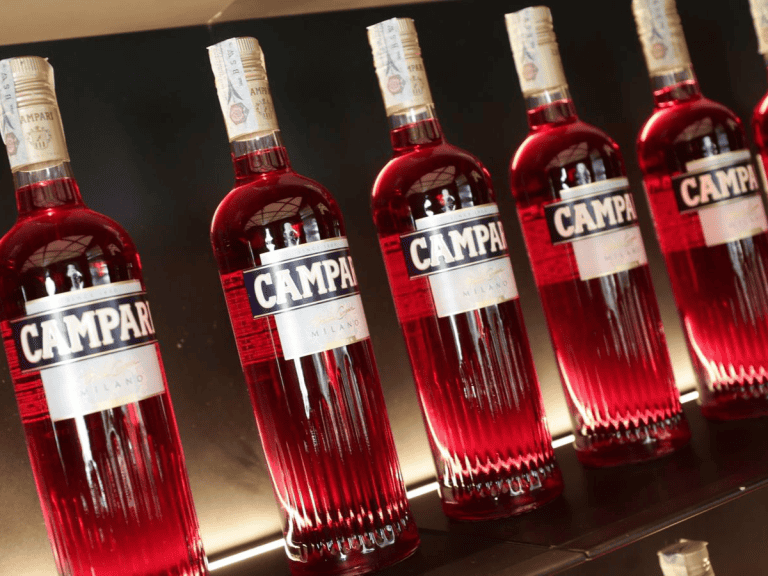by Luca Fazzo
What's inside Campari?
"I don't know."
And who does?
"Five people. They're over there, at the Officinal Plants Center. They send us sacks labeled 'herbs for Campari,' and we make the infusion."

Campari opens its doors for the first time
For the first time, the Campari plant in Novi Ligure opens its doors, where production of the red bitter and, above all, Aperol has been transferred for twenty years – with the gradual abandonment of the historic headquarters in SestoSanGiovanni (Milan). A commercial miracle without precedent, from four million bottles in 2003, the year of Campari's acquisition, to 90 million today. An explosion that shows no signs of stopping (sales doubled last year in the USA) and led to the creation of the new production line, a monster capable of producing 17,000 bottles per hour, inaugurated today by Minister of Food Sovereignty Francesco Lollobrigida.
Guiding us through the sixty thousand square meters of Novi Ligure is Andrea Risti, formerly of Unilever, now head of the plant for two years. Despite his position, he swears to be unaware of the secret formula of Campari and Aperol ("I only know that they consist of partially dehydrated herbs"), but he is responsible for their transformation into red and orange bottles destined to spread across the globe.

Starting with the infusion in hundred-thousand-liter tanks. "For Aperol, six days are enough, for Campari it takes thirty." But why did you come here to make them? "This plant was built for Asti Cinzano, which had to be in this area to comply with the DOC. The rest followed."
The formidable success of the Spritz
The first thought, moving between the production lines, is: how many Spritzes are consumed worldwide every day? Bottles that are washed-filled-capped-labeled-packaged at the speed of light, five thousand pallets ready within forty-eight hours to be loaded onto trucks. Especially Aperol, but also Campari, also driven by the Spritz, "the idea of the Campari Spritz wasn't ours," says Matteo Fantacchiotti, CEO: but now the combination dominates, in a practically monopolistic condition, the global ritual of the aperitif.

"I speak of the democratization of the cocktail. But phase two is to move out of the pre-evening bracket, eat pizza while drinking Spritz, and it's becoming more and more common." It seems to work: last year, 116 million bottles came out of Novi Ligure. There are other plants scattered around the world: "But in America, they only drink Aperol if it says 'Made in Italy' on it."


 Wine promotion, vineyard uprooting, and support for dealcoholised wines: the European Commission's historic compromise on viticulture
Wine promotion, vineyard uprooting, and support for dealcoholised wines: the European Commission's historic compromise on viticulture A small Sicilian farmer with 40 cows wins silver at the World Cheese Awards
A small Sicilian farmer with 40 cows wins silver at the World Cheese Awards Women are the best sommeliers. Here are the scientific studies
Women are the best sommeliers. Here are the scientific studies Where to eat at a farm stay in Sicily: the best addresses in the Provinces of Trapani, Palermo, and Agrigento
Where to eat at a farm stay in Sicily: the best addresses in the Provinces of Trapani, Palermo, and Agrigento Wine in cans, bottle-fermented, and alcohol free: the unstoppable change in Gen Z’s tastes
Wine in cans, bottle-fermented, and alcohol free: the unstoppable change in Gen Z’s tastes








